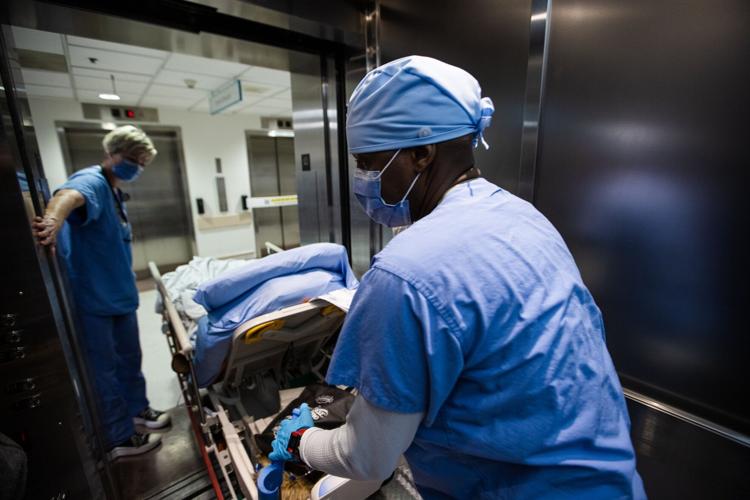Introduction
Medical malpractice represents a serious and often alarming issue within the healthcare industry. It involves situations where a patient suffers harm due to the negligent actions of a healthcare provider. The stakes are incredibly high; as patients place their trust in medical professionals to provide safe and effective care, the implications of malpractice can be devastating. This article delves into the intricacies of medical malpractice cases, discussing their definition, common examples, and the frameworks that can help ensure accountability.
Understanding Medical Malpractice
Medical malpractice occurs when a healthcare professional or facility fails to provide the standard of care expected in their field, leading to patient injury or death. The definition covers various forms of negligence, including:
- Misdiagnosis: When a healthcare provider fails to diagnose a condition that could have been identified with reasonable care. Delayed Diagnosis: When a condition is diagnosed later than it should have been, resulting in harm. Improper Treatment: When a healthcare professional administers treatment that is inappropriate for the patient’s condition. Surgical Errors: Mistakes made during surgery which could involve operating on the wrong body part or leaving surgical instruments inside the patient. Anesthesia Errors: Mistakes related to the administration of anesthesia, which can lead to severe complications.

The Legal Framework for Medical Malpractice
In the context of legal proceedings, medical malpractice cases often follow a standardized framework. Understanding this framework can empower patients and advocates in their pursuit of justice.
Proving Negligence
To secure a successful medical malpractice claim, a plaintiff must establish that the healthcare provider acted negligently. This generally involves demonstrating four key elements:
Duty of Care: The first step is to show that the healthcare provider had a duty of care toward the patient. Breach of Duty: Evidence must be presented to prove that the provider breached that duty, typically by failing to follow accepted medical standards. Causation: It must be shown that the breach of duty directly caused the patient’s injury or harm. Damages: Lastly, the plaintiff must demonstrate that they suffered actual damages, which could be physical, financial, or emotional.
Statute of Limitations
Like many legal claims, medical malpractice lawsuits are subject to statutes of limitations, which restrict the time frame in which a plaintiff can file a lawsuit. Typically, this period ranges from one to three years, but specific rules can vary from state to state.
The Role of Expert Witnesses
Expert witnesses play a crucial role in medical malpractice cases. They are often utilized by both plaintiffs and defendants to provide professional opinions that help establish whether healthcare professionals met the appropriate standard of care.
Function of Expert Witnesses
In most medical malpractice cases, expert witnesses will review the facts surrounding the case and provide testimony based on their medical knowledge and experience. Their input can be pivotal for judicial success.
Choosing the Right Expert Witness
Selecting a credible and experienced expert witness best practices for malpractice lawsuits is essential. Effective expert witnesses should possess:
- Relevant experience in the specific medical field.Clear communication skills to explain complex medical concepts to the court.Credentials that assert their status as an authority.
Common Challenges in Medical Malpractice Cases
Despite the pathway laid out for accountability, several obstacles exist within medical malpractice litigation.
Proving the Standard of Care
One of the most significant challenges involves establishing what the standard of care should have been. This is where expert testimony becomes vital. Different medical fields have varying standards, and understanding these nuances requires considerable expertise.
Medical Community Defense
The medical community often rallies to defend its own. Well-resourced healthcare organizations may employ highly skilled lawyers who specialize in medical malpractice cases, complicating matters for plaintiffs representing themselves. The asymmetry of resources can undermine accountability.
Risk Management Strategies for Healthcare Providers
Healthcare providers can engage in risk management practices to mitigate potential malpractice claims. These strategies include:
- Training and Education: Continuous education for healthcare professionals on current medical standards and procedures. Communication Improvement: Enhancing communication between providers and patients to ensure patients fully understand their treatment options and risks. Documentation: Maintaining meticulous medical records can help demonstrate adherence to standard care protocols.
Advocating for Change in the Medical System
For true accountability in medical malpractice cases, advocacy for systemic change is crucial. This can involve:
- Legislative Reform: Advocating for legislative measures that protect patients while still acknowledging the complexities faced by healthcare providers. Patient Education: Empowering patients with information regarding their rights and the medical procedures they undergo. Support Groups: Creating communities that provide support and resources for victims of medical malpractice.
Conclusion
Ensuring accountability in medical malpractice cases is a complex yet vital aspect of healthcare. While the current legal frameworks offer pathways to justice, continuous efforts are needed to improve the system. By understanding the intricacies of medical malpractice, raising awareness, and pushing for systemic change, stakeholders can work towards a healthcare system that protects patients and holds negligent providers accountable.